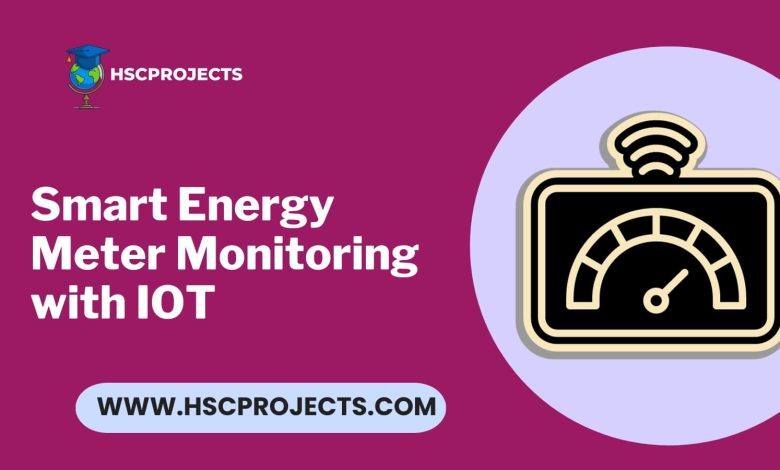
Smart Energy Meter Monitoring with IOT
Introduction
The traditional way of monitoring electricity consumption involves manual meter readings, a process that is both time-consuming and prone to errors. With advancements in IoT (Internet of Things) technology, we now have the capability to make this process more efficient and accurate. This article explores the features and benefits of an IoT-based energy meter, a smart device that allows you to monitor your electricity usage and costs in real-time over the internet.

What is an IoT Energy Meter?
An IoT energy meter is a smart meter equipped with a microcontroller and a WiFi module. It measures the electricity consumed by your household or business and transmits this data to a web application. This enables users to monitor their energy consumption and associated costs from anywhere, at any time.
Key Components
- Energy Meter: Measures the electrical units consumed.
- Microcontroller (Atmega): Processes the data from the energy meter.
- ESP8266 WiFi Module: Enables data transmission over the internet.
- LCD Display: Shows real-time energy consumption data.
Hardware Specifications
- Energy Meter
- Atmega Microcontroller
- ESP8266 Wifi Module
- LCD Display
- Resistors, Capacitors, Transistors
- Cables and Connectors
- Diodes, PCB and Breadboards
- LED, Transformer/Adapter
- Push Buttons, Switch
- IC, IC Sockets
Software Specifications
- Arduino Compiler
- MC Programming Language: C
- IOTGecko (for web application)
How Does It Work?
- Data Collection: The energy meter collects data on the electrical units consumed.
- Data Processing: The Atmega microcontroller processes this data.
- Data Transmission: The ESP8266 WiFi module transmits the data to a web application.
- Monitoring: Users can log into the web application to view their energy consumption and costs in real-time.
Advantages
- Real-time energy data monitoring
- Cost-effective and efficient
- Remote access to energy consumption data
- Enhanced accuracy in billing
Applications of IoT Energy Meters
- Residential Buildings
- Commercial Establishments
- Industrial Facilities
- Public Infrastructure
Conclusion
IoT-based energy meters are revolutionizing the way we monitor and manage our electricity consumption. With features like real-time monitoring and remote access, these smart meters offer a convenient and efficient solution for both consumers and utility companies.
In order to download the PDF, You must follow on Youtube. Once done, Click on Submit
Follow On YoutubeSubscribed? Click on Confirm
Download Smart Energy Meter Monitoring with IOT PDF






